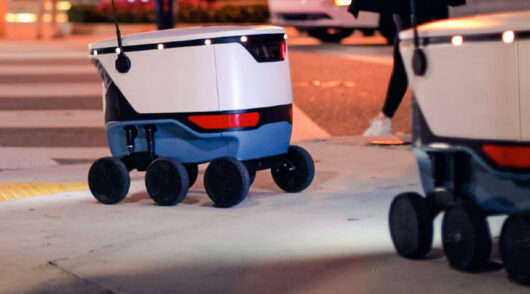As the world continues moving toward an increasingly digital future, more brands are putting their mark on the metaverse.
By 2030 it’s expected the metaverse will be worth US$678.8 billion globally according to Grand View Research, and will see a CAGR of 39.4 per cent each year as more parts of business, government and society get involved. In particular, Asia-Pacific’s metaverse industry is likely to witness robust growth rate over the next decade, due to a high number of start-ups already in the space.
Digital branded goods (usually in the form of NFTs), online fashion shows, and a new wave of e-commerce using interactable digital models to showcase products are some of the ways businesses are already getting on board.
Last month, Alfa Romeo’s Formula 1 team announced it has partnered with 3D knowledge sharing platform JigSpace to launch a pre-season AR experience showcasing this season’s car.
Using a QR code, users are shown a model of Alfa Romeo’s 2022 season car, and can see and hear the car on the track – virtually, of course.
According to JigSpace chief executive and co-founder, Zac Duff, it’s little surprise that F1 have been quick to jump onboard the metaverse, with its cars known for being at the forefront of new technologies.
“F1 is the pinnacle of advanced engineering and manufacturing on earth, these cars are so technologically advanced [and] have a level of engineering complexity and nuance that can be hard to explain and visualise,” Duff told Inside Retail.
“That’s why a brand like Alfa Romeo wanted to work with us. [We] can show fans just how incredible their 2022 car is, and give all F1 fans an intuitive, engaging experience using AR.”
Democratising digital
F1’s AR experience is similar to experiments run by Snap, Gucci and Ikea, and is a style of digital offering that is popular due to how easily modern phones and tablets render such simple 3D models.
“AR technology has been around for a while now, [with] the latest version of VR and AR having been around since at least 2010,” Duff said.
“We’re finally seeing the devices that can easily run these experiences reaching a point of saturation, which means it’s become really viable as a business strategy.
“What the recent metaverse hype has done is bring a level of education and awareness to the general public around the potential of 3D and how it could impact their lives.”
And, with big brands like Disney, Nike and McDonald’s all announcing they are exploring how they will operate in the metaverse, it’s only a matter of time before such experiences become common.
As with many burgeoning digital initiatives the take up of the metaverse is so far still largely tied to the realm of gaming, with Nike’s Nikeland world in Roblox being a prominent example, but it won’t be long before the tech moves beyond early adopters and into the mainstream.
So how does a brand stand out?
“The key to a compelling digital experience is storytelling,” said Duff.
“It’s the critical component in getting your customer to take that leap and actually make a purchase. We allow our users to easily create a storyboard, or step-by-step presentation, that the end customer can control.
“You tell the story, your customer then controls how they experience it. That empowerment is vital to creating an emotional connection with the product and ultimately getting the sale.”






